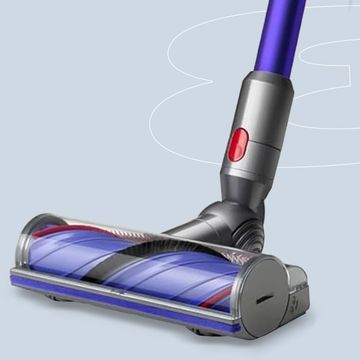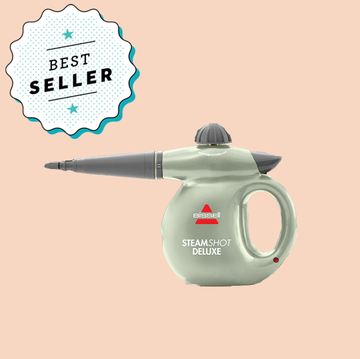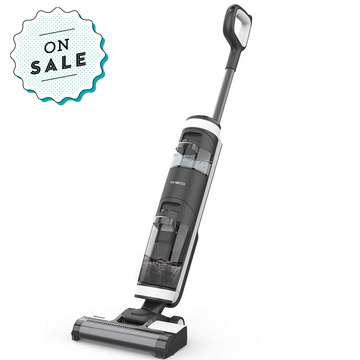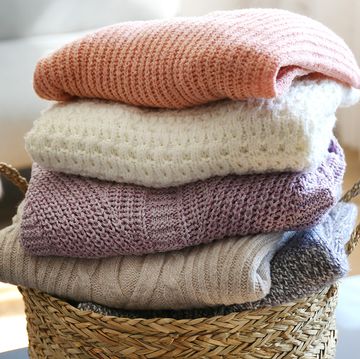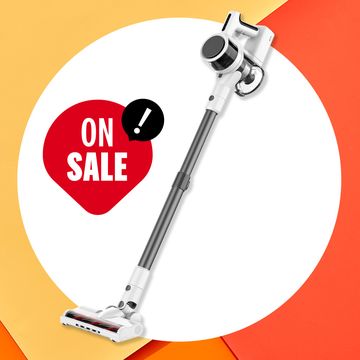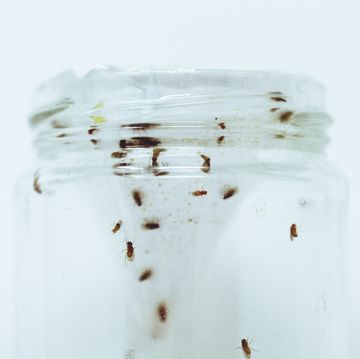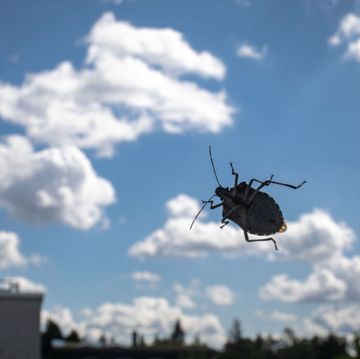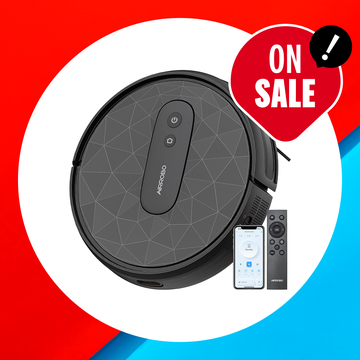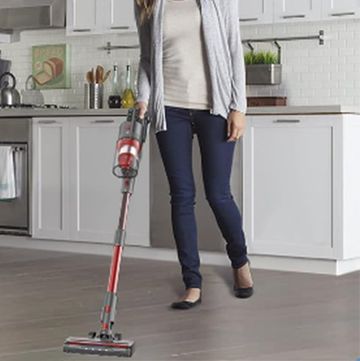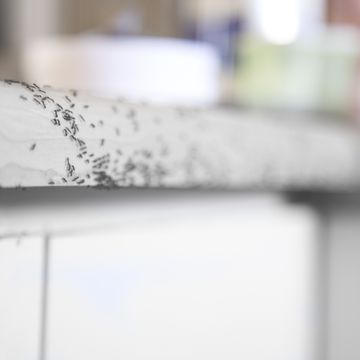Since a dishwasher is supposed to make a tiresome chore way easier, it's disappointing when the results aren't what you expect. Here's how to deal with the most common gripes:
Problem #1: Poor cleaning results
A dirty machine might be to blame. Check the filter daily and remove any bits of food. Every few months, run a cycle minus detergent using a dishwasher cleaner, like Cascade, Affresh, or Glisten.
Also, make sure you load your machine smartly. Overcrowding may block some dishes from the water and detergent, and plates and silverware shouldn't nest close together. Really dirty items belong in the center of the bottom rack, facing the spray arm. And make sure nothing is blocking the detergent dispenser.
Problem #2: Glasses that come out cloudy
The film is likely a buildup of hard-water minerals. Soak five minutes in white vinegar (it's acetic acid dissolves minerals) and add more detergent. Also try OxiClean or Finish dishwashing booster to zap film.
Problem #3: Hard water
Speaking of this pesky reality in some homes, try using a bit more detergent in the dishwasher to combat its residue. Likewise, soft water requires less detergent to get the job done. It may take some trial and error to figure out the perfect amount for your machine.
Problem #4: Tablets dissolving too quickly
You need to put them in the dispenser cup. If you toss them in the tub, they'll dissolve too early, rinsing away before the main wash. If you use a liquid detergent, make sure you close the chamber before you start the machine. Skip this step, and your detergent might get whisked down the drain before it can clean anything.
Problem #5: Plastics that never dry
Select the most intensive drying cycle and keep your rinse agent dispenser full — rinse aids (like Finish Jet Dry Turbo or Cascade Platinum Rinse Aid help water slide off rough plastic surfaces. Even so, you may have to dry lips of lids and containers by hand.
Problem #6: Degraded detergent
Don't buy more detergent than you can use in about three months, after which it may start to break down and not work as well.
Problem #7: Water spotting
Try a rinse aid. Detergents no longer contain phosphates, which once helped reduce spotting. Rinse aids fill that role by preventing water from sticking to surfaces.
Problem #8: A machine that's a noisy, energy-suck
It might be time to upgrade. None of the models we've tested and recommend cost over $36 a year to run (calculated at four loads per week with an electric water heater). Fully loaded, they use the energy of hand-washing and save 5,000 gallons of water per year. Plus, they're quieter. Most reported decibel levels of 40 to 50 dBA. (An average home is 50 dBA; a vacuum, 88 dBA).
NEXT: Before & After: A Genius Solution for an Awkward Staircase
This article originally appeared on Good Houskeeping.
More from Good Houskeeping:
• 10 Surprising Things You Can Put in the Dishwasher• The Right Way to Store Wine Glasses• 9 Lies You Tell Yourself About Cleaning Your House
Photos: Getty

